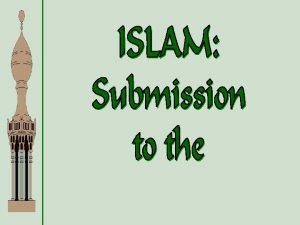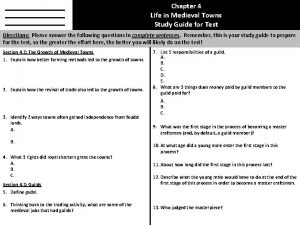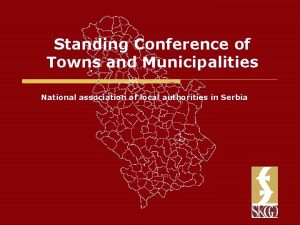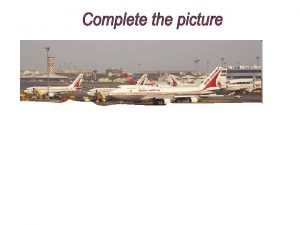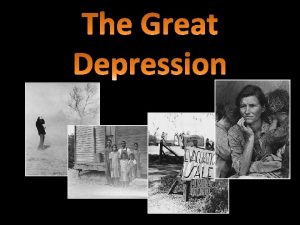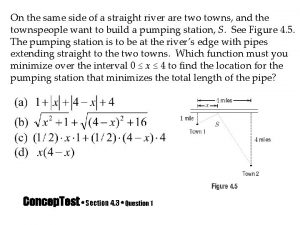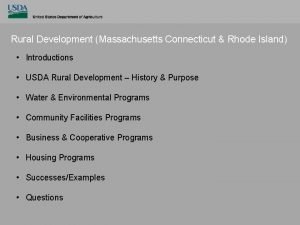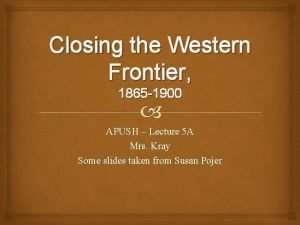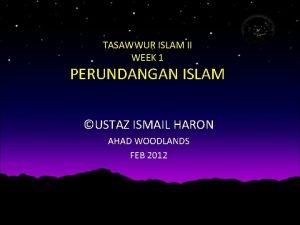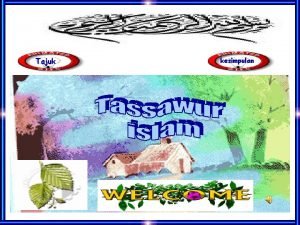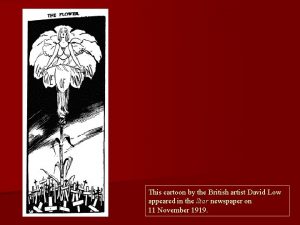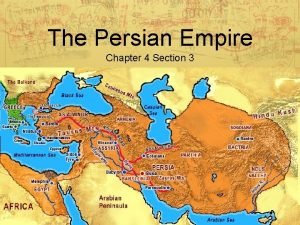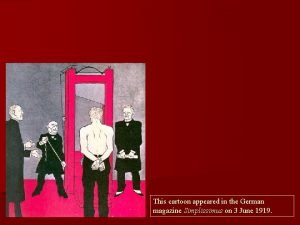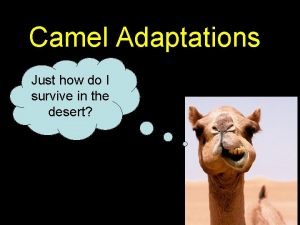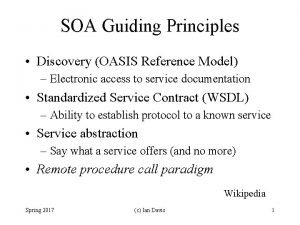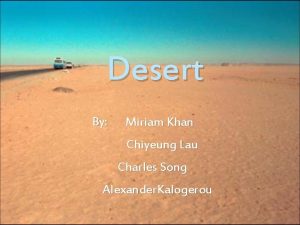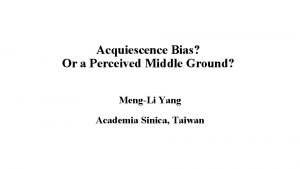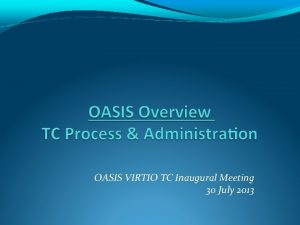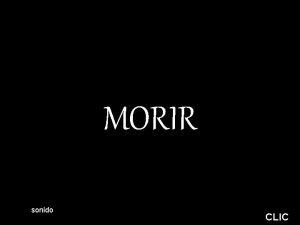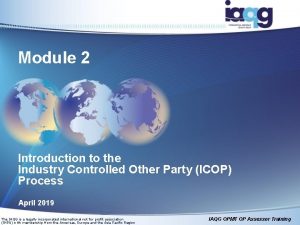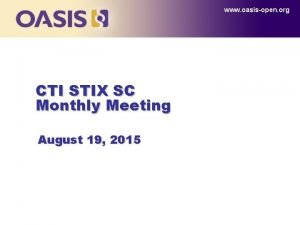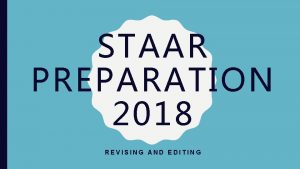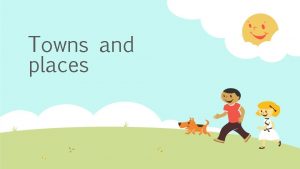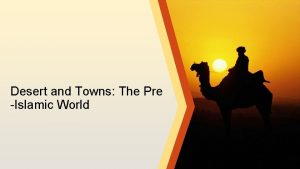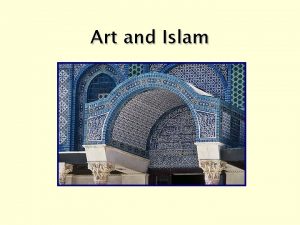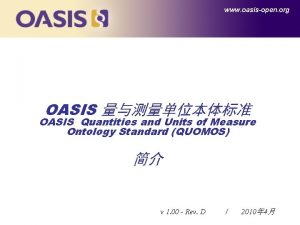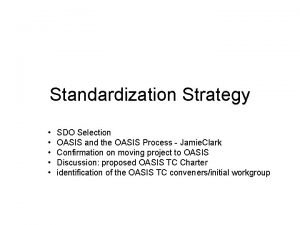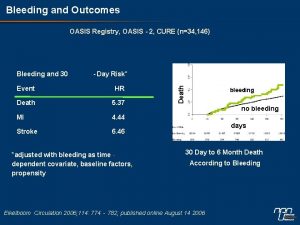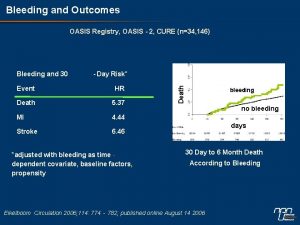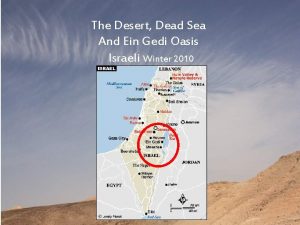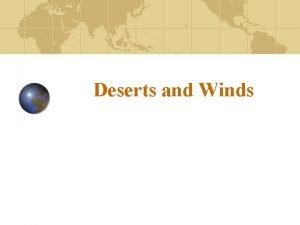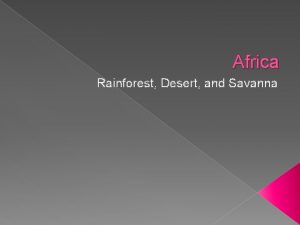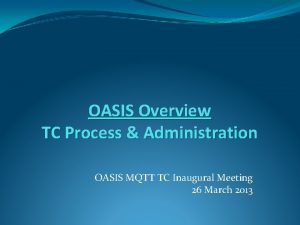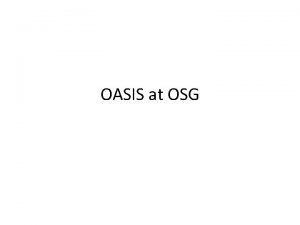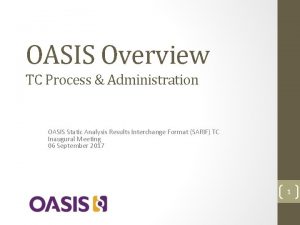Oasis Towns and Desert Life Islam appeared in















































- Slides: 47



Oasis Towns and Desert Life • Islam appeared in Arabian Peninsula • Minimal agriculture: only in oases, and areas with supply for irrigation. • Many Arab clans occupied area during this time. • Bedouins: Nomadic desert herders who adapted to the conditions of the desert.

Bedouins • Hospitable to travelers • Gained strong sense of solidarity due to lifestyle. • Regularly traded with other Arabs. – Mostly in oasis towns such as Mecca – Market town at crossroads of two caravan routes. • Link between Southern Arabia and India • Link between Syria and Palestine on Med. Coast • Silks, spices, and other luxuries passed through the bazaars of Mecca

The Prophet Muhammad • Born in Mecca about 570. • Orphaned and raised by uncle. • Led caravans across desert and became a successful merchant. • Age 25: married Khadija, wealthy older widow and owner of a prosperous caravan business. • Good husband father.

Vision • • • Arabs at the time worshiped idols. This troubled Muhammad During meditation, he heard the voice of the angel Gabriel telling him to “Proclaim” (according to Muslim belief) • Although this worried him, Khadija encouraged him to accept the call • She was the first convert to Islam, which means “submission” in Arabic.

Hijra • People ignored Muhammad at first. • Upset people of Mecca who believed upsetting their idols would disrupt the pilgrim trade. • 622: Threatened by murder, Muhammad and followers left Mecca for Yathrib, and the journey became known as the hijra. • Renamed Medina (“city of the prophet”) • 622 became 1 st year of Muslim calendar.

Taking Control • Muhammad accepted as ruler, lawgiver, and prophet to Muslim converts. • Thousands adopted the religion. • From Medina, Muslims attacked Meccan caravans. • 630: Muhammad returned to Mecca and destroyed the idols in the Kaaba.

Death of Muhammad • Died in 632 • Abu Bakr, an early convert to Islam, was named the first caliph – Successor to Muhammad.

Islam An Abrahamic Religion Z Muslims are strict monotheists. Z Z They believe in the Judeo. Christian God, which they call Allah. Muslims believe that the Torah and the Bible, like the Qur’an , is the word of God. ZIslam teaches people are responsible for own actions ZWill face final judgment after death based on earthly actions.

The Prophetic Tradition Adam Noah Abraham Moses Jesus Muhammad


The Origins of the Qur’an ZMuhammad’s revelations were compiled into the Qur’an after his death. ZFinal ZGuide authority on all matters to life: Ethical standards. ZInterpretation of Qur’an into daily life gave system of laws: known as the Sharia. ZUnited ZNo converts to the religion. separation between religion and law, unlike the west.

The Qur’an Z Muslims believe it contains the word of God. Z 114 suras (chapters). Z In the name of Allah, the compassionate, the merciful. Z Written in Arabic.


1. The Shahada Z The testimony. Z The declaration of faith: There is no god worthy of worship except God, and Muhammad is His Messenger [or Prophet]. 1

2. The Salat Z The mandatory prayers performed 5 times a day: * dawn * noon * late afternoon * sunset * before going to bed Z Wash before praying. Z Face Mecca and use a prayer rug. ZGather worship. in mosques – Houses of 2

3. The Zakat Z Almsgiving (charitable donations). Z Muslims believe that all things belong to God. ZAbout 2. 5% of your income. 3

4. The Sawm Z Fasting during the holy month of Ramadan. Z Z Considered a method of selfpurification. No eating or drinking from sunrise to sunset during Ramadan. 4

5. The Hajj Z The pilgrimage to Mecca. Z Must be done at least once in a Muslim’s lifetime. Z 2 -3 million Muslims make the pilgrimage every year. 5

5. The Hajj Z Those who complete the pilgrimage can add the title hajji to their name. 5

Women in Early Muslim Society • Before Islam, women’s position varied • Some were involved in society, but most were under control of male guardian and could not inherit property. • Islam affirmed spiritual equality • Had to consent to marriage and could divorce, although harder to do for a woman rather than a man • Right to an education

Changes • Arabs absorbed attitudes similar to conquered peoples (example of? ) • Persia and Byzantine lands – Veiling and secluding women. – This did not always include lower-class women, as they still contributed in many ways (peasant women still worked and added to the economy)

Other Islamic Religious Practices Z Up to four wives allowed at once. Z No alcohol or pork. Z No gambling. Z Sharia body of Islamic law to Z regulate daily living. Three holiest cities in Islam: * Mecca, Medina, Jerusalem.

The Spread of Islam

The Age of Conquest • After the death of Muhammad, Abu Bakr assumed power of the Muslim state • Many tribal leaders removed their support due to new leadership • Bakr reunited them on a firmer base of loyalty to Islam itself, not the prophet.

Victory to Victory: A Military Campaign • Under the first four caliphs, Arab armies conquered large areas of the Byzantine Empire • Demolished Persian Empire • Swept into Egypt • Defeated more Byzantine forces across North Africa, then pushed into Spain and south of France • Besieged the Byzantine capital of Constantinople. • Conquests continued for 100 years past Muhammad’s death.

Reasons for Success • Weakness of Persians and Byzantines. • Fought each other to exhaustion; citizens were tired of harsh rule • Efficient war tactics (camel and horse cavalry) • Islam was a unifying force. – Muhammad had molded the people. Believed fully in their faith and the certainty of eternal paradise if they died fighting for beliefs.

Treatment of Conquered People • Imposed special tax on non-Muslims • Christians, Jews, and Zoroastrians could practice own faiths and follow on laws • Many converted to Islam • Why?

Essential Question: Why was Islam able to spread so quickly and convert so many to the new religion?

The Spread of Islam Z Easy to learn and practice. Z No priesthood. Z Teaches equality. Z Non-Muslims, who were “Peoples of the Book, ” were allowed religious freedom, but paid additional taxes. Z Easily “portable” nomads & trade routes. Z Jihad (“Holy War”) against pagans and other non-believers (“infidels”).

Muslim Presence in Europe: Spain • Spanish Christians pushed Moors (North African Muslims) into Southern Spain • Presence remained strong there • Spain was a cultural corner of Muslim world • Muslim architecture still seen in Spain today.

Sicily • Held control for a short time • Remained Arabic in culture due to Muslim merchants, farmers, poets, and scientists.

Movements Within Muslim • Divisions arose after Muhammad’s death over the successor. 2 factions; Sunnis and Shiites. • Sunnis – Felt caliphs should be chosen by Muslim community • Caliph was a leader, not a religious authority

Shiites • Only true successors to the Prophet were descendants of Muhammad’s daughter • Believed descendants were divinely inspired • Many died in battle against Sunnis in an attempt to have their candidates as caliph. • Grew to admire martyrdom.


Muslims in the World Today

Countries with the Largest Muslim Population 1. Indonesia 183, 000 6. Iran 62, 000 2. Pakistan 134, 000 7. Egypt 59, 000 3. India 121, 000 8. Nigeria 53, 000 4. Bangladesh 114, 000 9. Algeria 31, 000 10. Morocco 29, 000 5. Turkey 66, 000 * Arabs make up only 20% of the total Muslim population of the world.


Muslims in America

Muslim Culture in NYC The Islamic Center, New York City






 A desert herder who traveled from oasis to oasis
A desert herder who traveled from oasis to oasis How did prophet muhammad died
How did prophet muhammad died Life in medieval towns answer key
Life in medieval towns answer key The soldier decided to desert his dessert in the desert
The soldier decided to desert his dessert in the desert Arizona league of cities and towns
Arizona league of cities and towns Standing conference of towns and municipalities
Standing conference of towns and municipalities Waters view with open mouth
Waters view with open mouth Fire island map towns
Fire island map towns Disadvantages of shanty towns
Disadvantages of shanty towns Hoover towns
Hoover towns Towns near dedham ma
Towns near dedham ma On the same side of a straight river are two towns
On the same side of a straight river are two towns Usda approved towns in massachusetts
Usda approved towns in massachusetts Elmer towns
Elmer towns Iron tools and agriculture
Iron tools and agriculture Mon forest towns
Mon forest towns The closing of the frontier apush
The closing of the frontier apush Maksud fikah tasawwur islam
Maksud fikah tasawwur islam Apakah matlamat perundangan islam?
Apakah matlamat perundangan islam? Latar belakang kerajaan abbasiyah
Latar belakang kerajaan abbasiyah David low cartoons league of nations
David low cartoons league of nations Sherlock holmes appearance
Sherlock holmes appearance Chapter 4 section 3 the persian empire
Chapter 4 section 3 the persian empire For the grace of god that bringeth salvation
For the grace of god that bringeth salvation Treaty of versailles guillotine cartoon analysis
Treaty of versailles guillotine cartoon analysis Camel adaptations for survival
Camel adaptations for survival Tosca cloud
Tosca cloud Oasis soa
Oasis soa Oasis ufora
Oasis ufora Huída lleva tilde
Huída lleva tilde Current oasis 7
Current oasis 7 Oasis next gen
Oasis next gen Oasis svt
Oasis svt Iup heidelberg
Iup heidelberg Relleno sanitario el oasis
Relleno sanitario el oasis Cold desert food chain
Cold desert food chain Acquiescence bias definition
Acquiescence bias definition Oasis spužve
Oasis spužve Oasis virtio
Oasis virtio Frases oasis
Frases oasis I644 form
I644 form Oasis free to be whatever
Oasis free to be whatever Oasis iaqg
Oasis iaqg Likas na yaman mula sa hilagang asya
Likas na yaman mula sa hilagang asya Oasis cyber threat intelligence
Oasis cyber threat intelligence Oasis stix
Oasis stix Island oasis staar answers
Island oasis staar answers Mendoza oasis
Mendoza oasis

